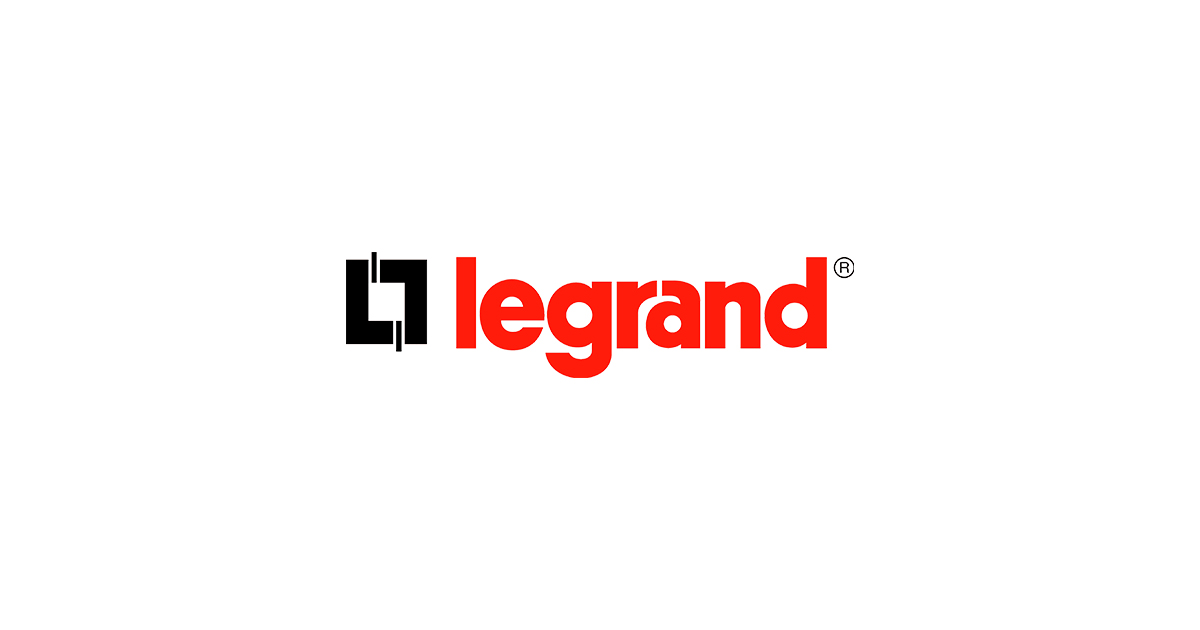Dynamic Pricing: Global Market Analysis and Forecasts

April 12 2016
Dynamic product pricing exists in many aspects of society, observes a new report by Navigant Research. Examples include airline tickets, theatre and sporting event tickets, subway fares, and road tolls. The basic concept is that the value of a product varies based on time and other factors. Thus, being able to charge prices that better reflect that value is more economically efficient than simply charging an average flat price across all hours and variables.
In the electricity industry, continues Navigant Research, the concept of dynamic pricing for mass-market customers is fairly recent, aside from time-of-use rates that offer set prices for fixed on- and off-peak periods. Rates that are indexed to real-time wholesale energy prices have been around for large commercial and industrial (C&I) customers since deregulation. With the proliferation of advanced meters that can record usage at small intervals, more dynamic types of pricing can be applied down to the residential level.
Brett Feldman, a principal research analyst with Navigant Research, identifies in a recent blog key drivers for advancing dynamic pricing include technical, policy, and economic factors. These drivers include:
- advanced metering infrastructure (AMI) — without the 15-minute interval data provided by smart meters, or AMI, dynamic pricing programs cannot accurately be implemented. Smart meters are now seeing more widespread deployment, which further enables the market for dynamic pricing.
- utility and customer costs — offering a dynamic pricing program to reduce peak demand may be cheaper for a utility than building a peaker plant to meet increased demand. On the customer side, electric bills can be reduced by modifying consumption behaviour. In the long run, all ratepayers should see lower rates than they otherwise would due to the increased capacity factor and avoided infrastructure costs.
- enabling technologies — devices such as smart thermostats, smart appliances, and associated home energy management applications are becoming more commonplace, allowing consumers to more easily manage their energy demand.
- distributed energy resources (DER) — as DER capacity from resources like energy storage and electric vehicles grows, so does the ability to shift load and enjoy the cost savings from dynamic pricing programs.
However, writes Feldman, the slow rate of dynamic pricing program development points to the depths of the barriers to such growth:
- reliable service concerns — utilities understand how important reliability is, especially for at-risk residential customers, including low-income customers, the elderly, families with young children, and the disabled, and seek to provide a resilient grid that operates disruption-free. Without proper education about the program, dynamic pricing rates could potentially send a harmful signal to these at-risk groups.
- AMI integration — systems integration plays a huge role in the success of AMI techniques and poses a significant cost to utilities. Ensuring AMI provides flexible and extensible solutions is paramount.
- lack of customer education and demand — customer understanding of dynamic pricing is low. Unlike other energy management strategies that focus on different aspects of energy consumption, dynamic pricing depends on modulating customer habits, which may be hard to change.
According to the Navigant Research report, the largest region of adoption is expected to be North America, a trend that will likely hold true throughout the forecast, even though other regions will eventually start to implement dynamic pricing programs. Navigant Research expects the number of customers on dynamic pricing rates globally to rise from approximately 3.4 million customers in 2016 to 113.3 million in 2025.
This report examines the market drivers and barriers for the global dynamic pricing market. The report focuses on four major pricing types:
- real-time pricing (RTP)
- critical peak pricing (CPP)
- peak time rebates (PTR)
- variable peak pricing (VPP).
Global market forecasts for number of customers, broken out by pricing type, sector (residential and C&I), and region, extend through 2025. The report also examines case studies of dynamic pricing from around the world, summarizing their objectives and impacts, as well as the lessons learned.
Key questions addressed include:
- What is dynamic pricing?
- What technologies are involved in dynamic pricing?
- What are the key drivers and barriers to the implementation of dynamic pricing?
- How many customers are enrolled in dynamic pricing programs worldwide?
- Which regions will see the most growth in customers for dynamic pricing programs?
- Who are some of the utilities implementing dynamic pricing programs?
Find out more about the report: www.navigantresearch.com/research/dynamic-pricing. Read Brett Feldman’s blog: www.navigantresearch.com/blog/its-a-small-world-for-dynamic-pricing-after-all.
Photo courtesy of Pixabay
















